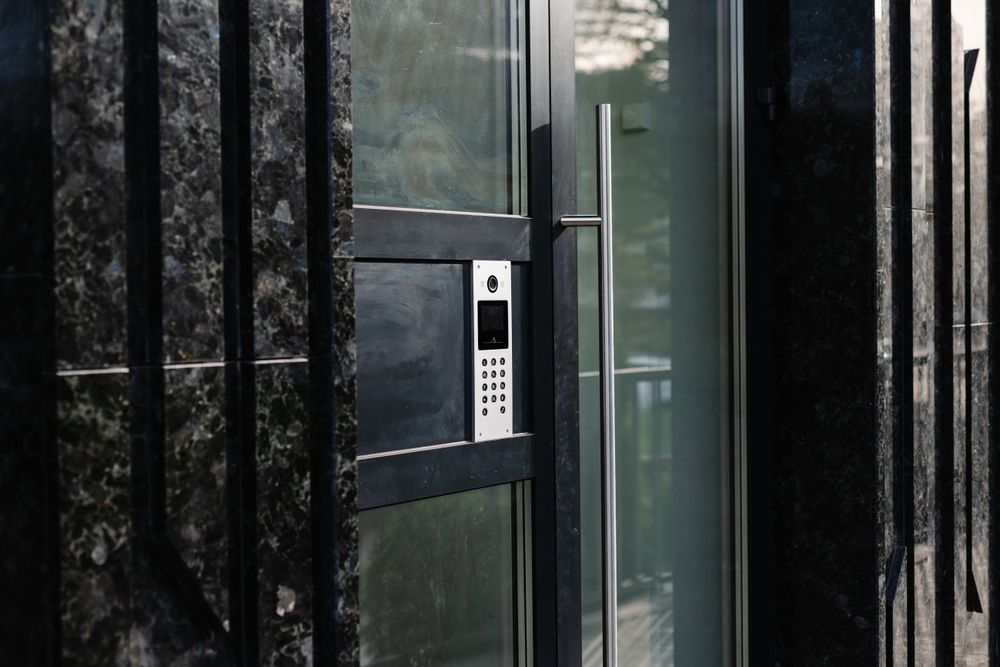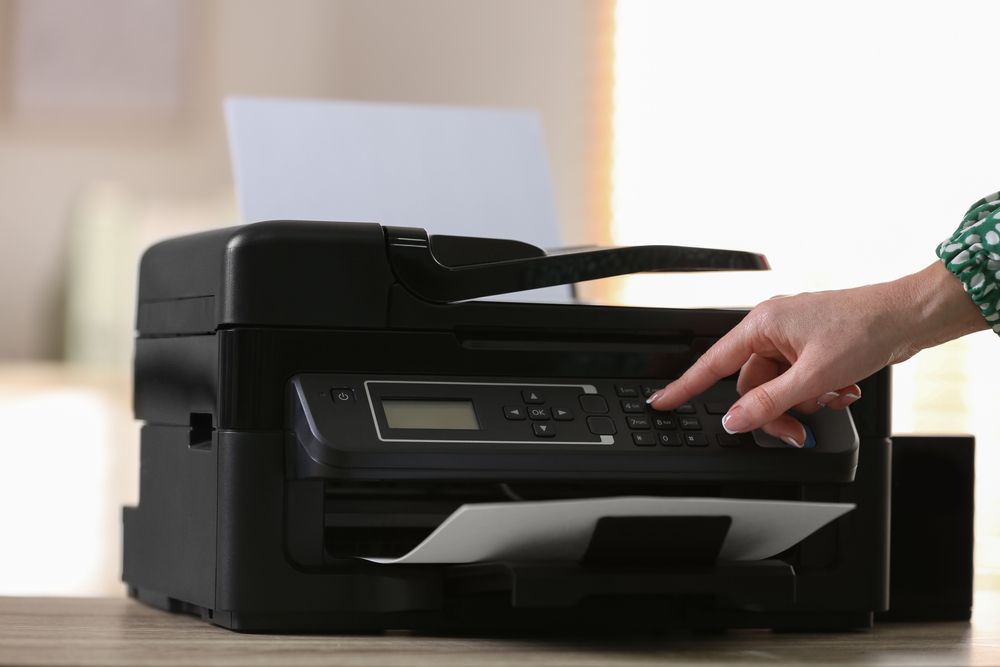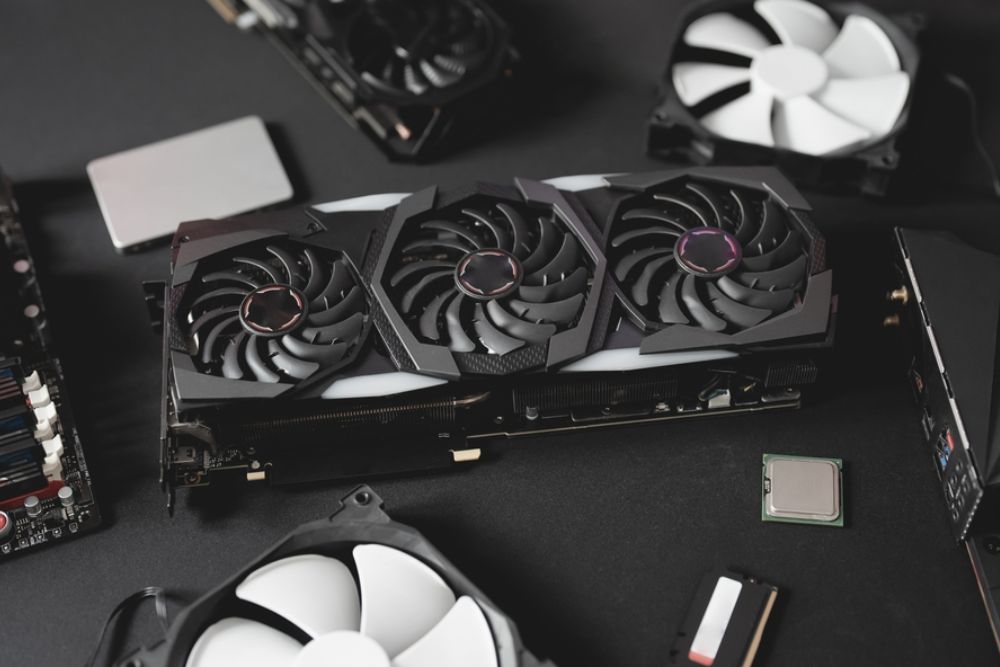As technology evolves, so do the ways we protect our homes. One of the most significant advancements in home security is the rise of smart doorbells equipped with artificial intelligence (AI) and facial recognition. These devices not only notify you when someone’s at your door—they can also identify who’s there, distinguish between a friend and a stranger, and even alert you to potential threats.
Whether you're at home or halfway across the world, a smart doorbell provides a new level of security, convenience, and control. For homeowners looking to bolster their first line of defense without installing an entire security system, this smart tech is becoming a go-to solution.
Here’s a closer look at how AI and facial recognition are reshaping home security and why a smart doorbell may be one of the smartest upgrades you can make.
The Evolution of the Doorbell
Traditional doorbells served a simple purpose: alerting you that someone was at the door. Over time, video doorbells introduced a new dimension, allowing homeowners to see and communicate with visitors via smartphone apps. The latest leap comes with AI-powered doorbells that use machine learning and facial recognition to go beyond passive monitoring.
These modern devices can detect movement, distinguish between people, animals, and vehicles, and even notify you when a specific person—like a family member or delivery driver—approaches your door.
What Makes a Smart Doorbell “Smart”?
A smart doorbell is more than just a camera and buzzer. It's connected to your home Wi-Fi and is accessible via an app on your phone, tablet, or computer. Most smart doorbells offer:
-
Live video feed so you can see who’s at your door in real time
-
Two-way audio to speak with visitors from anywhere
-
Motion detection to alert you even before the doorbell rings
-
Cloud storage to save video clips for later viewing
-
Mobile alerts for real-time notifications
When AI is integrated, the device becomes significantly more powerful, capable of analyzing video footage in real time and learning from patterns to improve performance over time.
Facial Recognition: What It Does
Facial recognition allows your doorbell to recognize known individuals. Once a face is detected, the system can compare it against a database of familiar faces you’ve approved—such as family members, neighbors, or frequent visitors. When a match is found, you’ll receive a notification like “Anna is at your door” instead of a generic motion alert.
This level of personalization provides added peace of mind and reduces unnecessary alerts. It also helps ensure you’re only disturbed when something unusual is detected.
Facial recognition can also:
-
Identify repeat visitors (even if they don’t ring the bell)
-
Track visitor history with time-stamped video logs
-
Create custom alerts based on recognized faces (e.g., notify when kids get home from school)
Benefits of Smart Doorbells with AI and Facial Recognition
1. Enhanced Security
Perhaps the biggest advantage is the ability to proactively monitor your home. Unlike traditional cameras that just record, AI-enabled smart doorbells analyze and interpret what they see in real time.
You can receive alerts for suspicious activity, spot potential “porch pirates,” and even deter break-ins before they happen by speaking through the device or setting off alarms.
2. Convenience and Control
You don’t have to be home to manage your door. Whether you’re at work, on vacation, or just in another room, you can check who’s at the door, communicate with them, or review footage—all from your smartphone.
Facial recognition adds an extra layer of efficiency. Instead of reacting to every motion notification, you’ll only be alerted when an unknown face appears, reducing notification fatigue.
3. Contactless Deliveries and Remote Monitoring
Smart doorbells are especially helpful for managing deliveries. You can give instructions to a delivery driver in real time, monitor when a package arrives, or track whether it was picked up.
With facial recognition, you’ll also be able to tell if a neighbor picked up a package for you—or if it was taken by someone else.
4. Activity History and Evidence
Most smart doorbells store footage in the cloud, which you can access at any time. This becomes especially useful in the case of a break-in, dispute, or theft. High-definition video and facial recognition logs make it easier to identify individuals and provide evidence to law enforcement or neighbors if needed.
Privacy and Security Considerations
While facial recognition offers clear advantages, it’s not without controversy. As with any surveillance tool, privacy should be taken seriously. Before using facial recognition, consider the following:
-
Inform your household and frequent guests that facial recognition is in use.
-
Secure your data by using strong passwords and enabling two-factor authentication.
-
Regularly update software to protect against security vulnerabilities.
-
Use local or encrypted storage options if available.
Some smart doorbells allow users to disable facial recognition or limit how data is stored, giving you control over privacy settings.
What to Look for When Buying
Not all smart doorbells are created equal. If you're considering one with AI and facial recognition, look for:
-
High-resolution video (1080p or higher)
-
Reliable facial recognition features with custom labeling
-
Low-light/night vision capabilities
-
Smartphone app compatibility (iOS and Android)
-
Secure data storage (local, cloud, or both)
-
Two-way audio
-
Custom motion zones to reduce false alerts
-
Good reviews on responsiveness and reliability
Some of the most well-known brands offer these features, but newer companies are also entering the market with competitive pricing and impressive technology.
Installation Tips
Most smart doorbells are relatively easy to install, even for those without technical experience. They usually come with detailed instructions, and many require just a screwdriver and your home Wi-Fi network. For homes without existing wiring, wireless battery-powered options are also available.
For maximum effectiveness, position the camera at a height that captures faces clearly and avoid pointing it directly into sunlight or other light sources that could interfere with recognition.
The Future of Home Entry Security
As AI continues to improve, smart doorbells are expected to become even more intuitive. Future advancements may include behavior prediction, integration with other smart home devices (like smart locks and lights), and broader neighborhood security sharing features.
For now, smart doorbells with facial recognition represent a major leap forward in personalized home security. They’re efficient, responsive, and increasingly affordable for everyday homeowners.





